Home for child stars
The game itself has a fairly limited scope - not unexpected, given the 3-4 hour gameplay time. There are five different locations that you will visit across the game, and you'll need to do a little bit of back-and-forthing in order to solve the puzzles.The puzzles themselves vary greatly in difficulty and even type. The first puzzle in the game is very easy to pull off, and eases you in to the game world. By the end of the game, you're having to make some fairly difficult leaps of logic. You also need to remember that almost every item in the world that you can pick up has a specified purpose, and for those used to picking up weapons and ammo that never get used, this is something of a change. Let me give you an example, spoiler-free.
To progress through one puzzle, you need to knock out a graffiti artist. Only trouble is, he's so hyped up on caffeine that you cant get Max to thump him fast enough - he's zoomed off before you can get the boxing glove on. So what to do? Suffice to say, you can deface his graffiti, wait for him to come and fix it, enter another location then 'take him out' from a distance, whilst he's involved in his artistry.
Another great example of the puzzling is that, in one segment, you need to gain entry to a mental home. To do that, you need to prove you have a particular set of symptoms, and so you set out to see your shrink and manipulate her into diagnosing you. There are a number of different tests, and you don't understand the significance of them until you cotton on that each test relates to a different aspect of the disease you're after. One symptom is a violent reaction to dentistry, and means shooting something if the shrink mentions 'drill' or 'chair'. Another symptom is an obsession with fame, which means seeing Oscars and autographs in ink blots.
The puzzles are diverse and some are very complicated, but there are no ludicrous leaps of illogic, nothing to prevent you working it out - only your own lateral thinking. Like a crossword, once you get into the groove of thinking how the game expects you to, solving puzzles is extremely rewarding and an awful lot of fun. The excellent dialogue keeps you buzzing along, and provides subtle clues. For the times when it all gets a bit much, you can jump in the car and go for a drive in a pseudo-driving sequence, pulling over drivers with busted tail lights (busted after you shot them out, that is) and extracting bribes thinly masquerading as fines.
So what's not to like? Well, yes the game is short - but that's why it's just $8, or less than $6 if you get the season pass. With a new episode each month and a couple of months of content to catch up on, you'll certainly have enough to keep you going, and it's better value than going to the cinema - the plot is better than most Hollywood tosh, too.
The game is playable on most systems. Despite looking gorgeous, the cartoony nature of the graphics means you're not going to need a GeForce 8800 to be able to play this game - even Intel integrated will fire this up quite happily, making it accessible to a massive audience and great for notebook users who want something to do on long trips.
Final thoughts
So, given all of this, what's our final verdict? Well, Sam and Max: Culture Shock is a stunningly fun game, one that will yank you into its world and make you forget all about Supreme Commander and S.T.A.L.K.E.R.. It's hilarious, compelling, and not so obtuse as to put off average gamers not au fait with the adventure genre. Buy it, buy it now.

MSI MPG Velox 100R Chassis Review
October 14 2021 | 15:04


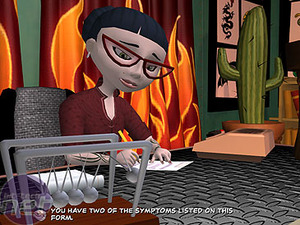
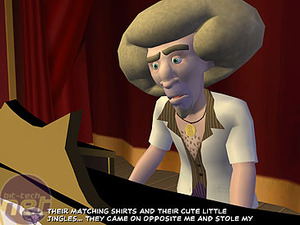
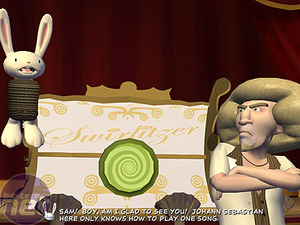
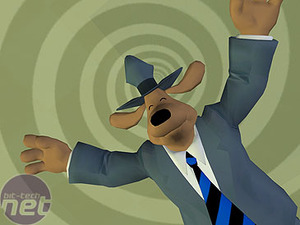
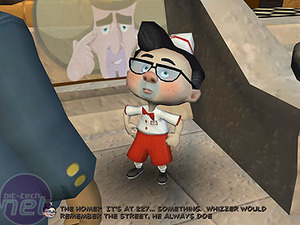
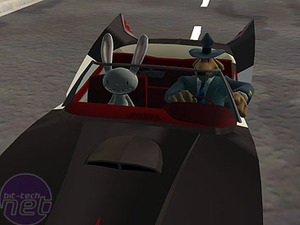








Want to comment? Please log in.